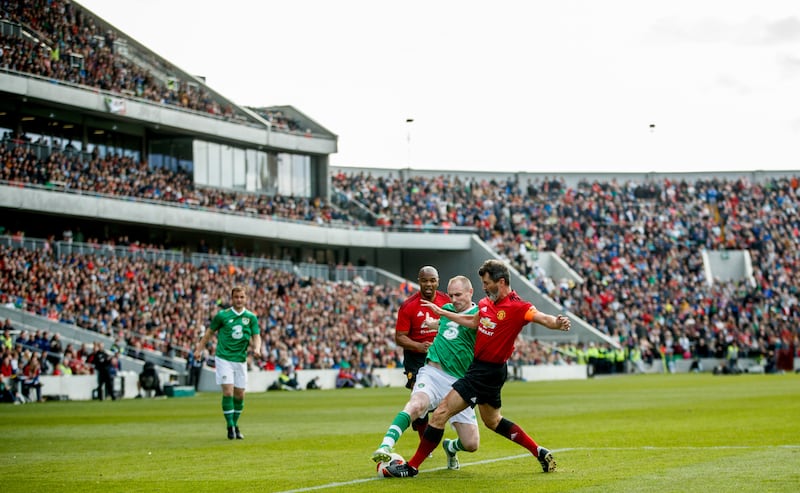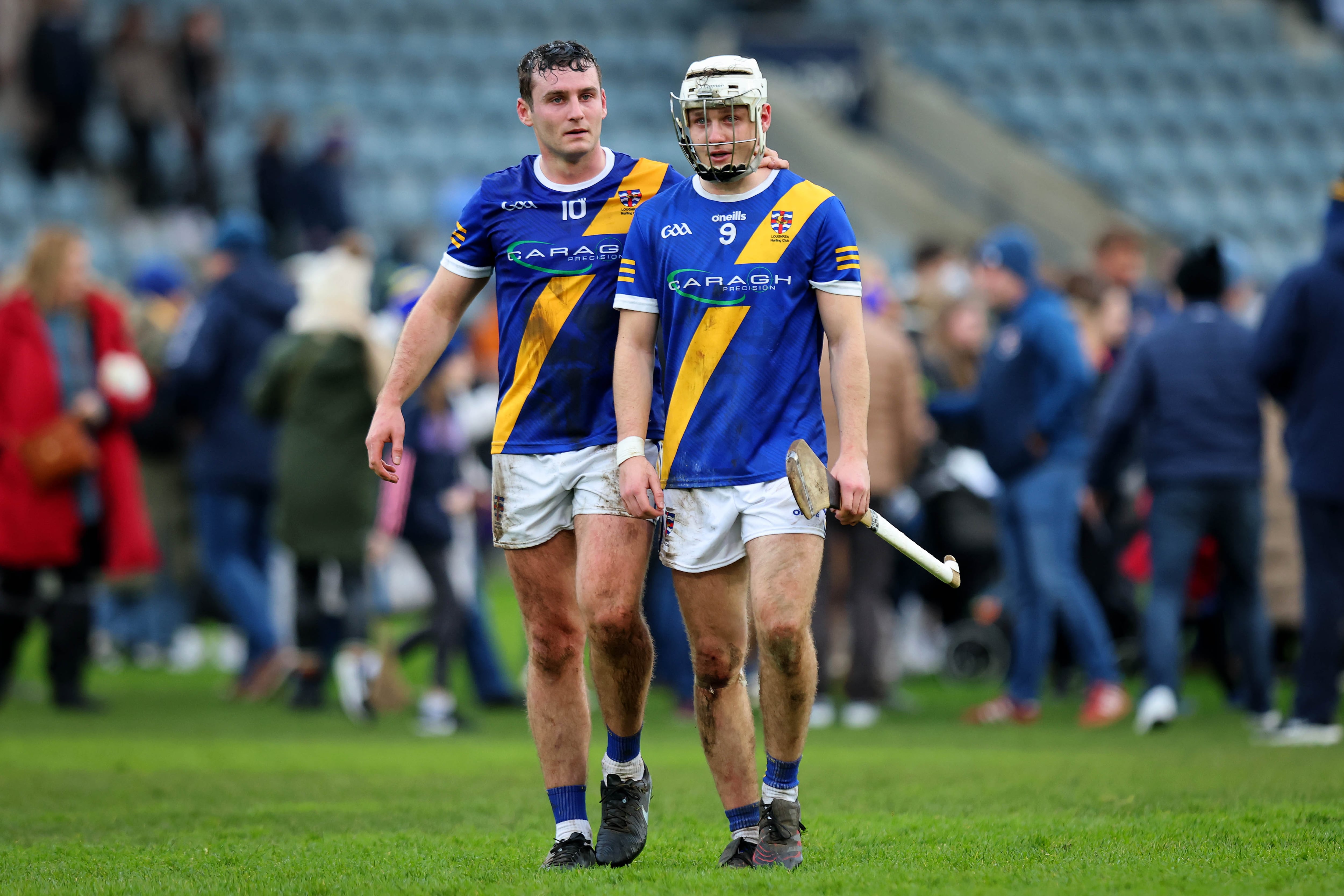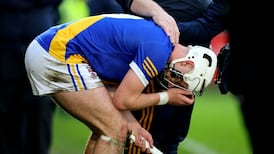Saturday’s URC rugby match between Leinster and Munster at Croke Park comes 15 years after their 2009 European Cup semi-final at the same venue. Full to capacity, that match first caused the penny to drop with the GAA. There was money to be made, although by then it was largely too late.
The association had staved off reputational damage by finally opening its gates to other sports in 2005, in time for the demolition and rebuilding of Lansdowne Road. Rugby and soccer played their internationals on Jones’ Road from 2007 until 2010.
That had been the presumed, exclusive intention of the Sligo motion, number 23, which was carried by 227 delegates to 97.
It was in the spring of 2009 that a more permissive interpretation emerged. The quarter-finals draw for the European Cup indicated that champions Munster, if successful against Welsh side Ospreys, would have a home semi-final.
READ MORE
Even better, but considered a longer shot, was the prospect of their opponents being Leinster, should they defeat Harlequins in London.
Before either of these matches was decided, the GAA declared that Croke Park would be able to host the fixture. All it required was Munster to win. One of the triggers was the announcement by the IRFU that 2010 would be their last year playing matches in the GAA stadium.
This meant that the club rugby match would in all likelihood be a once-off. It was – until earlier this year when the lengthy demands of Uefa’s Europa League final closed Lansdowne Road for this year’s rugby European Cup semi-final between Leinster and Northampton.
Once again, Croke Park opened for business and was full to capacity. Were it not for Leinster’s flatlining end to the season, there may well have been other matches there as well.

The slow evolution of the GAA, from fierce refusal to allow other sports anywhere near their venues to almost literally – in the words of Roscommon delegate Tommy Kenoy – putting the ‘Fáilte’ sign over Croke Park for passing trade, has picked up pace in recent years.
Ironically, laments about the damage caused by allowing rival sports to use your own shop window gave way to grumbling over the abrupt departure of the tenants as soon as the Lansdowne Road refit was completed.
By the end of the internationals, the GAA had made €37 million out of Croke Park. The knock-on effects became clear. One was that other units in the association wanted to exploit their own assets just as headquarters had.
This came to a head in 2018 when the Liam Miller testimonial was played in the new Páirc Uí Chaoimh. Despite more than adequate ambiguity in the rules governing the matter – Rule 5 and an appendix not included in rule – the GAA allowed it to become a cause celebre and lost face in being seen to be virtually forced into opening the Cork venue.
A year later access to all county grounds was given the green light by more than 90 per cent of delegates. Other sports have been able to use Páirc Uí Chaoimh several times since then, and it had been something to the chagrin of the GAA community that for a long while the only events to fill the new ground were rugby and soccer matches.
That same bruised sensibility is exposed by the contrast between this Saturday, which is heading for a full house, and the GAA’s football championship.
Dublin footballers, previously the best supported team in the country, must watch their rugby rivals Leinster pack Croke Park for the second time this year, having been unable to do so once themselves, even on a double bill.
At the box office, however, there has been little in the way of chagrin. Cork chief executive Kevin O’Donovan was ready to walk through fire earlier this year to try to generate naming rights revenue and must find renting the hall a comparatively relaxed way of doing business.

It is Croke Park stadium director Peter McKenna’s job to make returns from the venue, work valued by Central Council, as it returns a fat dividend every year – last January it was €15 million despite a 2023 that saw no concerts played.
There is also more talk of rationalising the GAA’s stadium building programmes in a world where it hasn’t escaped the attention of the public at large that crowds are frequently well below capacity, prompting questions about why the need for so much public money to be spent on oversized grounds.
GAA director general Tom Ryan raised the issue indirectly in his annual report in January.
“We are in an era where the construction of new grounds, the refurbishment of existing ones, and even the running costs of either pose an even greater challenge. Our future lies with new models of ownership, municipal facilities and shared grounds.
“These could well present our best opportunities for expansion. In that context perhaps it is time to adopt a more liberal attitude to opening existing county grounds and trusting local county committees to make those decisions based on practicalities and opportunities. I won’t prejudge where that particular debate might take us, but I would certainly welcome the discussion.”
That idea – trusting clubs to manage their own facilities locally – is fairly radical but there is a broader relevance. Were the IRFU and the GAA to settle into a relationship whereby certain fixtures, capable of filling Croke Park, were once in a while permitted to do so, it would benefit both parties.
It also underlines the madness of the abandonment of plans to have Lansdowne Road capable of staging Gaelic games. The GAA ended up discussing the construction of a 50,000 stadium on the M50 for matches that wouldn’t fill Croke Park.
There’s little chance of that happening but were such a venue available to the GAA, there is equally little doubt that it would be used.


















